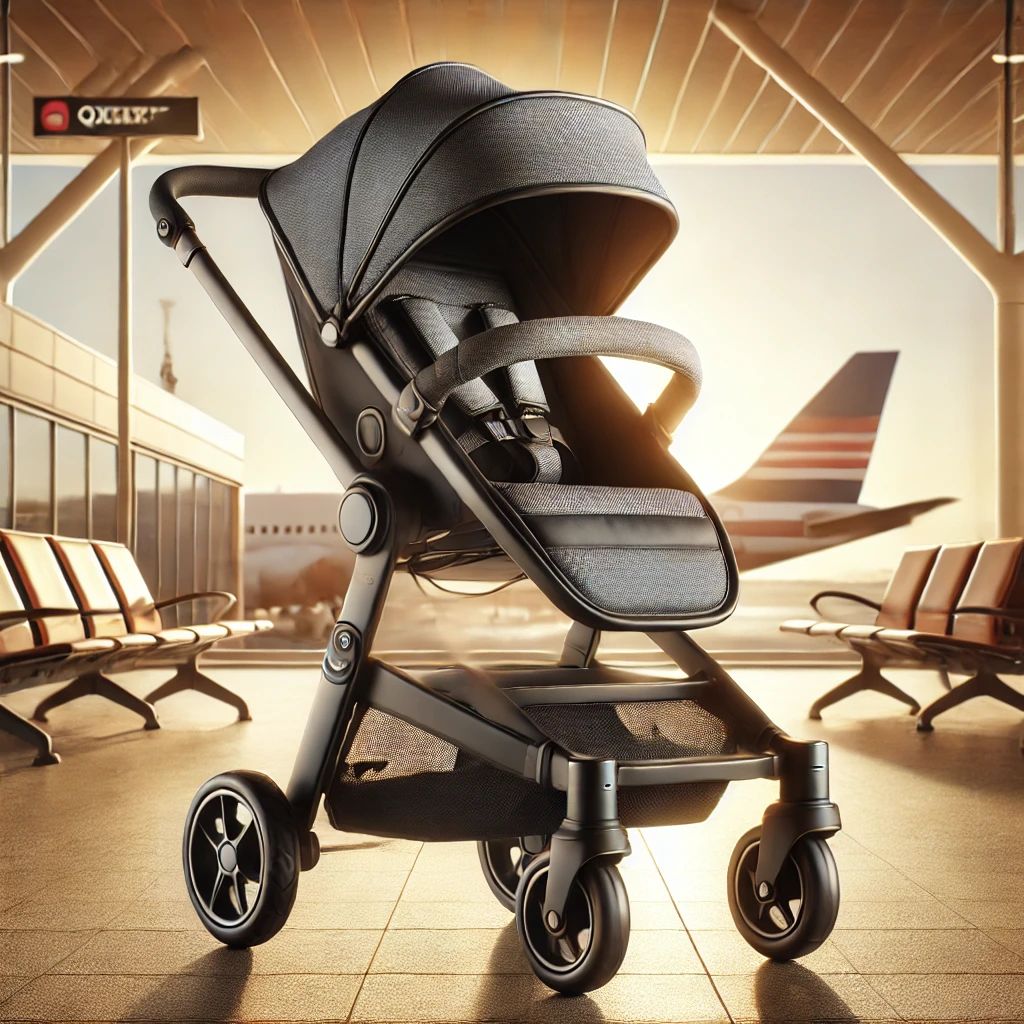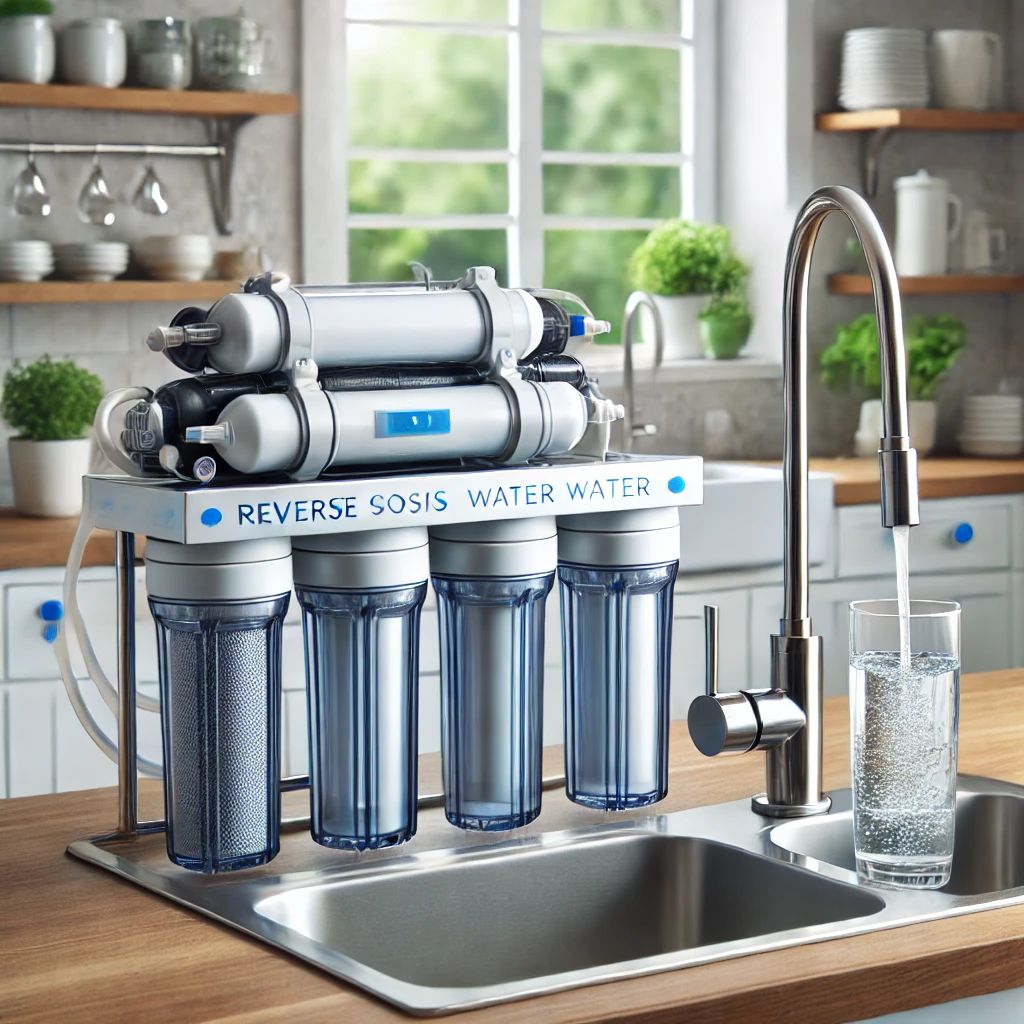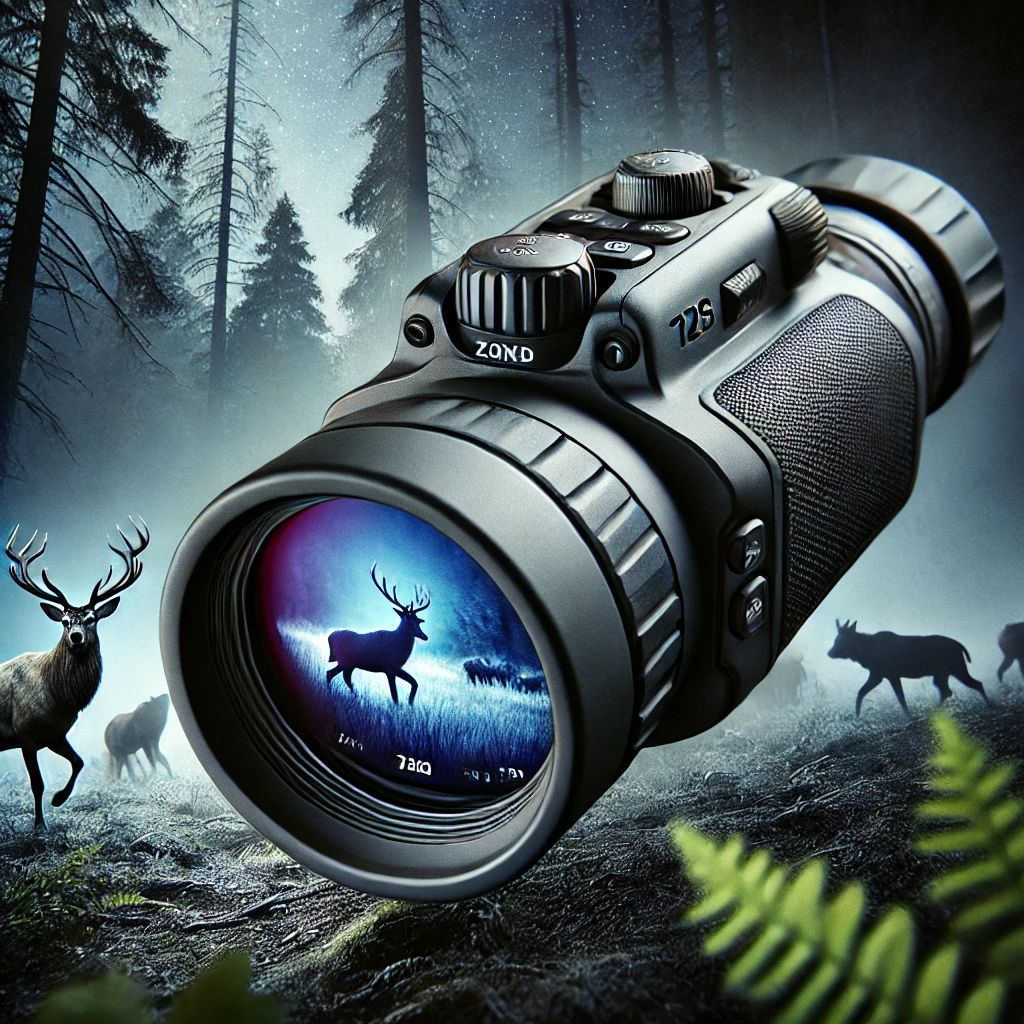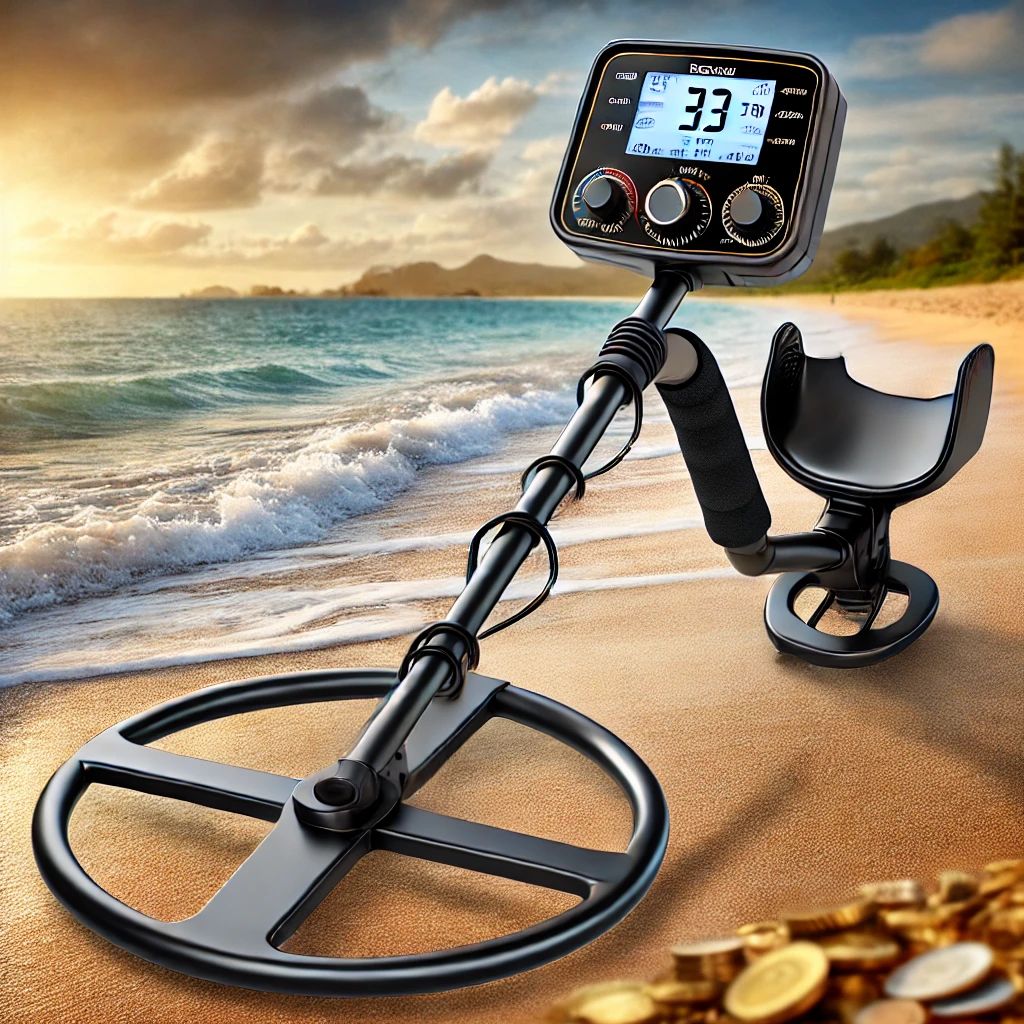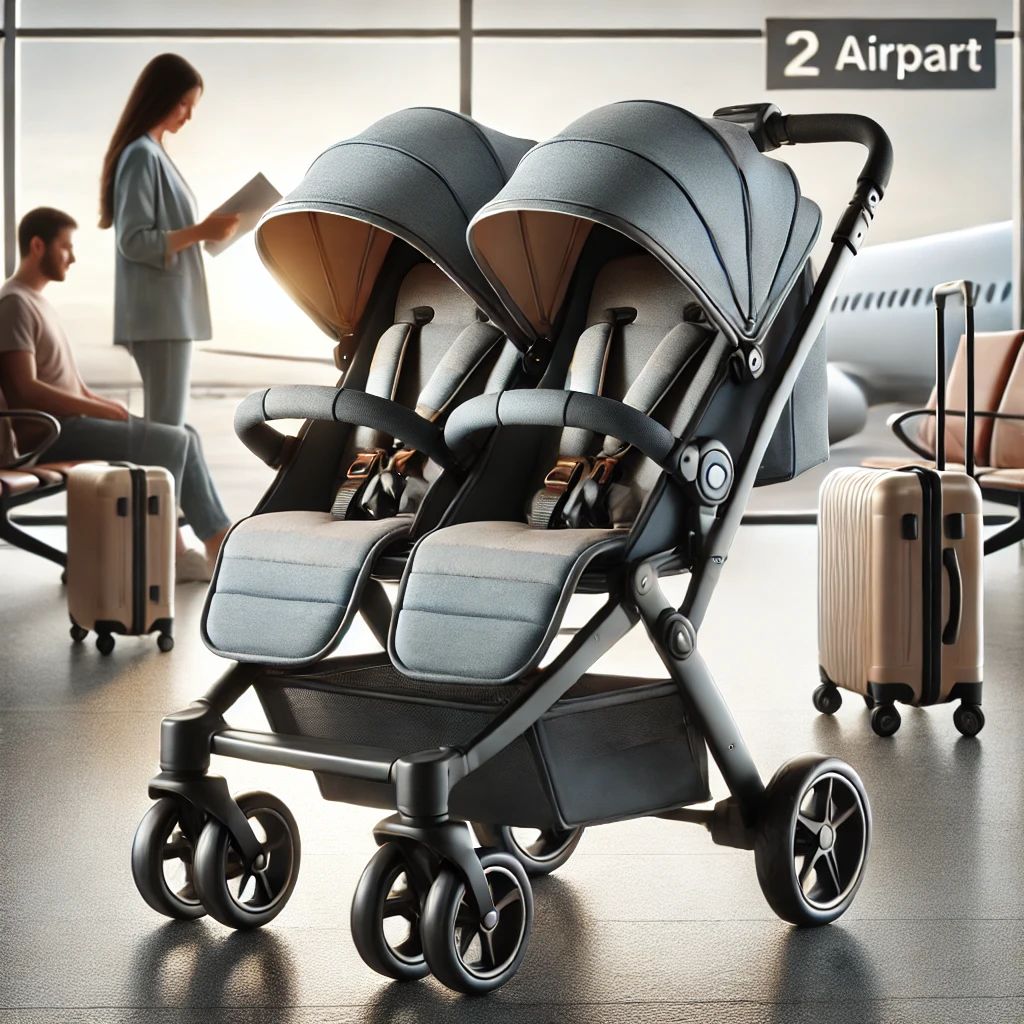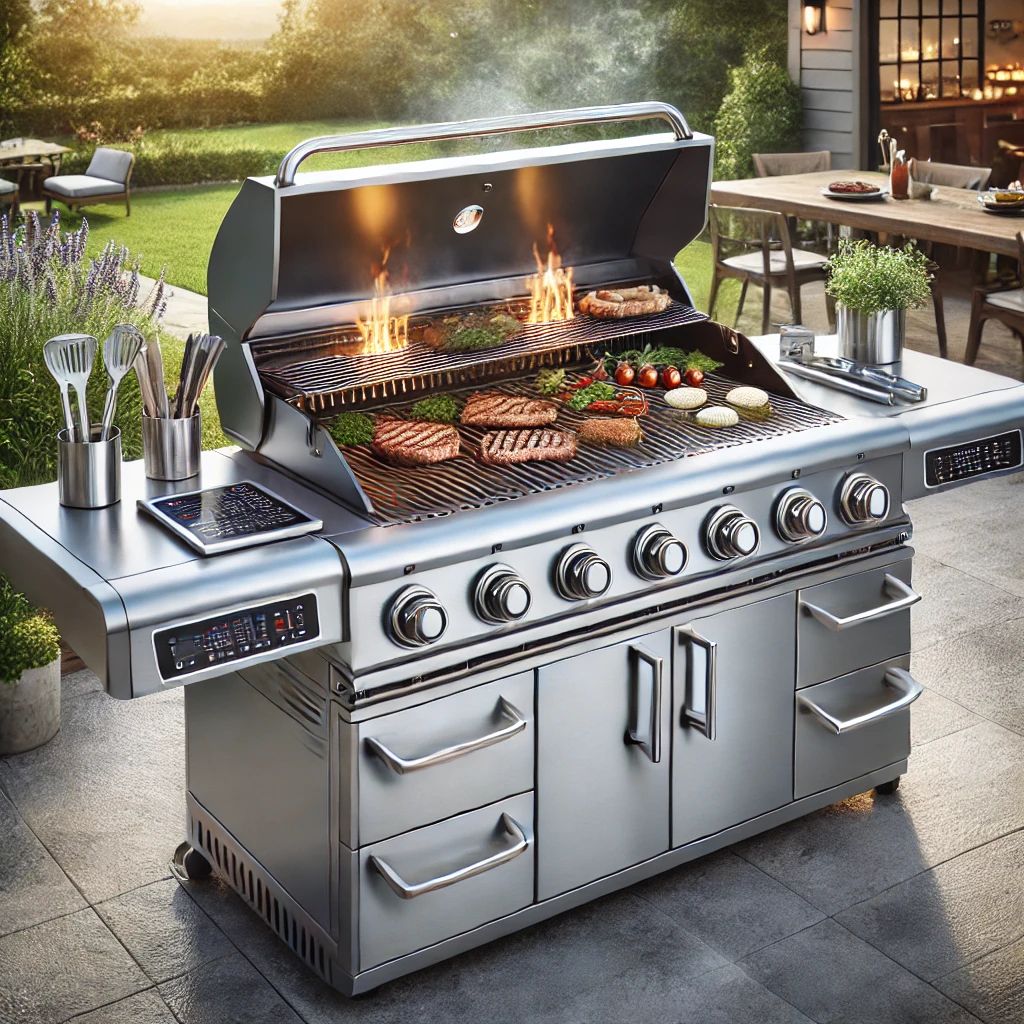What Are Some Creative Teamwork Names?
In any collaborative environment, a strong sense of unity among team members is essential for success. One of the easiest and most fun ways to foster this unity is by giving your team a creative and memorable name. A well-chosen teamwork name can boost morale, create a sense of belonging, and make your group stand out. Whether you’re forming a project team at work, organizing a sports team, or leading a group for a specific event, choosing the right teamwork name can make all the difference. This article will explore the importance of creative teamwork names and offer some suggestions for a variety of contexts.

Why Teamwork Names Matter
When you think about teamwork, names may not be the first thing that comes to mind, but they play a critical role in defining a group’s identity. The right name can set the tone for how the team works together, how they approach tasks, and how they are perceived by others. Here are a few key reasons why creative teamwork names matter:
- Fostering Team Spirit: A catchy name can instill pride in the group and strengthen the bond between members. When the team feels connected to a unique identity, collaboration often becomes more efficient.
- Creating a Strong First Impression: Whether it’s in a professional setting or a recreational one, the name of a team can leave a lasting impression on others. A clever, creative name makes the group appear cohesive and well-organized.
- Reflecting Values and Goals: A good teamwork name can reflect what the team stands for—whether it’s innovation, efficiency, or humor. This not only helps set the team’s culture but also acts as a motivator for the members.
- Enhancing Visibility: In competitions, workplace settings, or social media, a standout name helps the team be remembered and talked about, increasing its visibility and reach.
Key Factors to Consider When Choosing Teamwork Names
Choosing the perfect name for your team can be a fun process, but it’s important to consider a few factors to ensure it resonates with your team and aligns with your objectives:
1. Purpose of the Team
Is the team focused on achieving a specific business goal, organizing an event, or participating in a sports competition? A name that reflects the purpose of your teamwork can help align your group with its mission.
- For example, if the team is formed to complete a creative marketing project, a name like “Idea Architects” might be fitting.
2. Team Values and Culture
Consider the values, personality, and energy of your team. Are you a team that values innovation and out-of-the-box thinking, or is your group more about steady progress and efficiency?
- If your team thrives on creativity, a name like “The Brainstorm Brigade” might be appropriate.
- For a more process-driven team, a name like “The Taskmasters” could be a good fit.
3. Inclusivity and Fun
A great team name can be playful, engaging, and inclusive. Ensure that all members feel comfortable with and enthusiastic about the name. Avoid names that are too exclusive or might alienate team members.
4. Memorability
Your team name should be easy to remember and share. Names that are too complex or abstract might not stick with people, while simple, catchy names are more likely to leave a lasting impact.
Top Creative Teamwork Names for Various Contexts
Now that we understand the importance of teamwork names and how to choose them, let’s dive into some creative name suggestions for different types of teams:
1. Business and Project Teams
For professional environments, you want names that strike a balance between creativity and professionalism. Here are some ideas:
- The Innovators
- Team Synergy
- The Strategy Squad
- The Visionaries
- The Go-Getters
- The Achievers Club
- Marketing Mavericks
- Data Dynamos
- Success Strategists
- Tech Titans
These names reflect a forward-thinking and goal-driven mindset, making them ideal for business or project-based teamwork.
2. Sports and Fitness Teams
For a sports team, whether it’s a company league or a casual group, you’ll want names that convey energy, strength, and teamwork:
- Hustle & Muscle
- Speed Demons
- Thunderbolts
- Goal Getters
- Victory Vibes
- Powerhouse Players
- The Warriors
- High Flyers
- Ironclad Crew
- The Dominators
These names inspire motivation and teamwork, perfect for keeping spirits high during competitive events.
3. Social, Charity, or Volunteer Teams
For social or volunteer teams, you want names that capture the heart and soul of what you’re doing while still being fun and engaging:
- Helping Hands
- The Change Makers
- Compassion Crew
- Kindness Collective
- The Earth Guardians
- The Dream Builders
- United We Serve
- Good Vibes Gang
- Community Catalysts
- The Positive Action Team
These names convey a sense of purpose and shared commitment to a meaningful cause.
4. Creative and Innovation-Focused Teams
For teams working in the arts, design, or innovation, your team name should evoke creativity and out-of-the-box thinking:
- The Idea Factory
- Dreamweavers
- The Innovators
- The Design Gurus
- Brainstorm Brigade
- The Visionary Artists
- Idea Architects
- Concept Creators
- Creative Sparks
- Mind Mappers
These names tap into the power of imagination, perfect for teams focused on innovation and creativity.
How to Make Your Teamwork Name Stick
Once you’ve chosen the perfect name, it’s important to make it stick! Here are some ways you can ensure that your creative teamwork name becomes a proud part of your team’s identity:
- Design a Logo: A fun and simple logo can take your teamwork name to the next level, giving the team a visual identity to match the name.
- Use the Name Consistently: Whether in emails, Slack channels, or social media groups, make sure everyone is using the name consistently.
- Create Team Merchandise: Design t-shirts, hats, or mugs with your team name and logo. This not only builds team spirit but also serves as a marketing tool for the group.
- Celebrate Wins with the Name: Every time your team achieves a goal or milestone, celebrate by invoking the team name to build even more camaraderie.
Conclusion
Choosing the right teamwork name is more than just a fun exercise—it’s an important part of establishing a group’s identity and sense of unity. By selecting a creative, memorable, and meaningful name, your team can bond more easily, stay motivated, and enjoy a greater sense of purpose. Whether it’s for business, sports, social, or creative teams, the perfect teamwork name is out there waiting for you to discover it.
With the right name, your team won’t just collaborate better—they’ll thrive together!

